What’s to see in the Met? Art! – lots of it from all over the world and from different eras of history:
- Modern and contemporary art
- 19th and early 20th century European paintings and sculptures
- Art of the Arab lands, Turkey, Iran, Central Asia and Later South Asia
- European paintings
- The American Wing
- Musical instruments
- Asian art
- Modern and contemporary art
- Ancient American art
- Oceanic art
- African art
- European sculpture and decorative art
- Medieval art
- Army and armor
- Egyptian art
- Greek and Roman art
- and many more
Certainly there are multi million dollar artwork from the masters but there are many that are there for historical reasons — they represent the capabilities of a place and time far far away … even a few idol statues that found their way to the hallow halls of modern man. Disconcerting to think that some of these statues adorned tribal muddy huts and foreboding temples where blood sacrifices were offered.

The Met appealed to many of my senses. I love variety in music and in visual art; so the collection was mind boggling. For instance, I marveled at the clashing styles during the late 19th century France: traditionalist painters like Bouguereau whose realistic photographic renderings were challenged by his impressionist contemporary Cezzane. Traditional realistic painstaking sculptures like Bernini were challenged by Rodin whose oversized hands and feet focused on speed and austere emotions. The Impressionists were ridiculed by the art critics of their day yet today their art fetches higher prices at the auction than the classical artists. This proves my theory that artwork that weaves better and more endearing narratives take stronger hold on people’s emotions. And emotions are what determines the value of an art piece. For example, Van Gogh’s sunflower is many times more expensive than his peers not because of his painting per se but because people realize that his troubled mind put those expressive oil paints on his canvass.
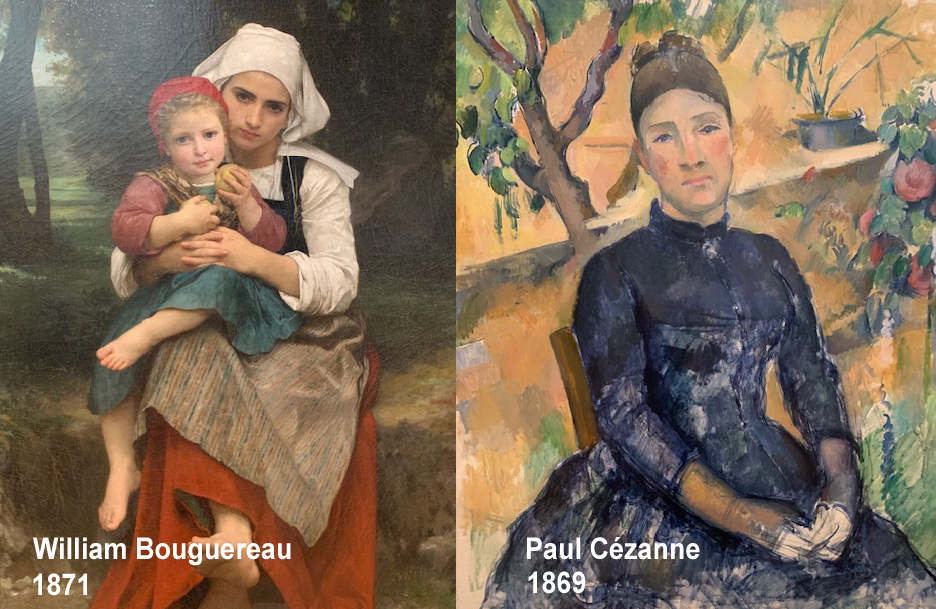
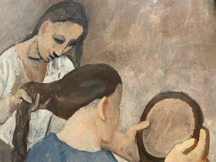
Hard to believe I was gazing at the originals of all of the impressionists like Monet, Manet, Renoir, Chagal, Gaugin, Toulouse-Lautrec, Seurat, Pisssaro and of course Van Gogh. Many of their most famous works “live” here. One particular painting, La Grenouillere, by Monet, epitomized the meaning of Impressionism to me. I was not familiar with that particular painting and as I saw it from a distance, I swear I saw the animated water shimmering. Looking up close the visual illusion was created by strategic bold dabs of paint.
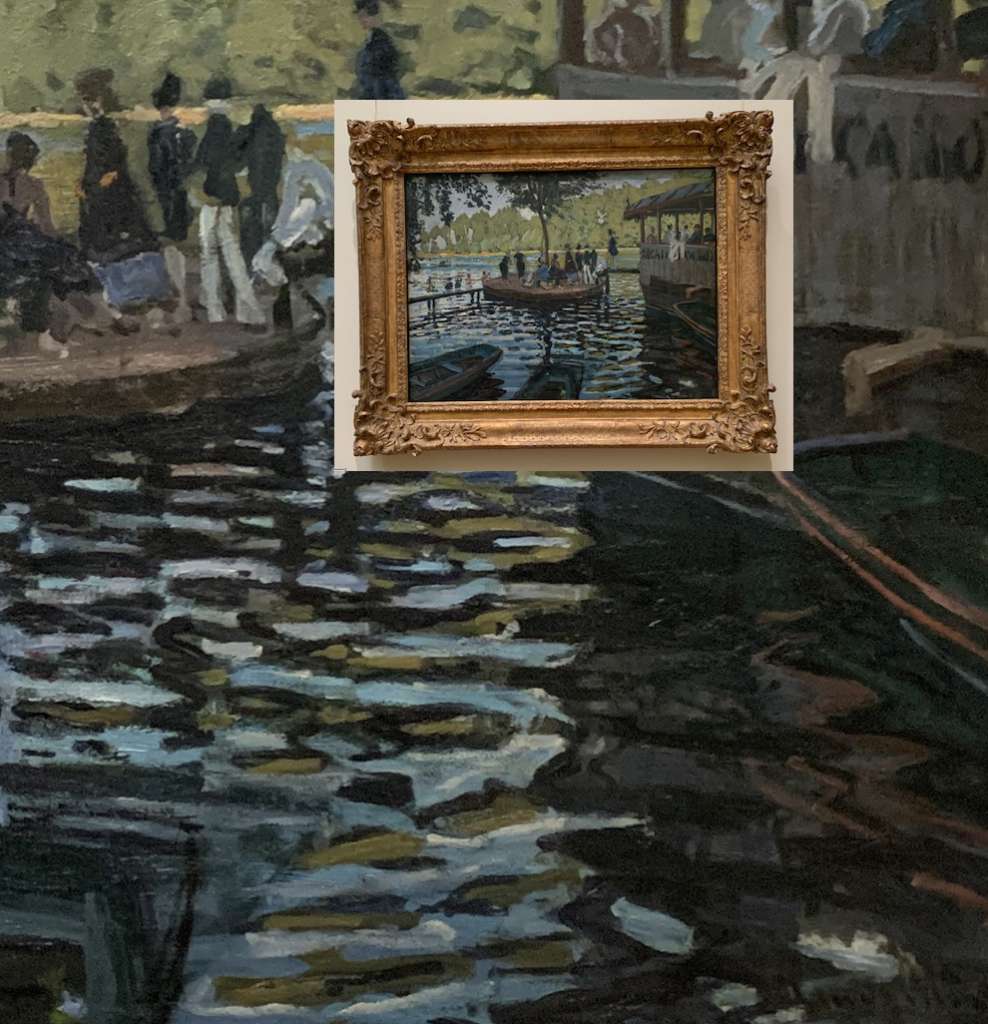
As I stared at Monet’s vibrant painting and compared it to the works of the other Impressionists in the same room, I noticed how much more vibrant his colors were. It dawned on me that the colors of some of the paintings are probably fading. No wonder the clashing colors described in art appreciation books are not as stunning as they should be. The “preservation society” should do something about this.
I spent a lot of time coming inch-close to the paintings (I made a few museum guards very nervous) to look at the paintings from the side to see how flat or how thick the artists applied their colors. Of course the Impressionists were the ones who smacked the most globs of paint. And Van Gogh’s dabs were the most violent of them all.
Quite a contrast to Henri Regnault’s painting of the temptress, Salome. If you know your Bible, she’s the dancer who requested the head of John the Baptist as a reward, hence the platter and the knife on her lap. Notice how smoothly the paint was laid on the cracking oil on canvas. You cannot achieve those tonal gradations without painstaking care.
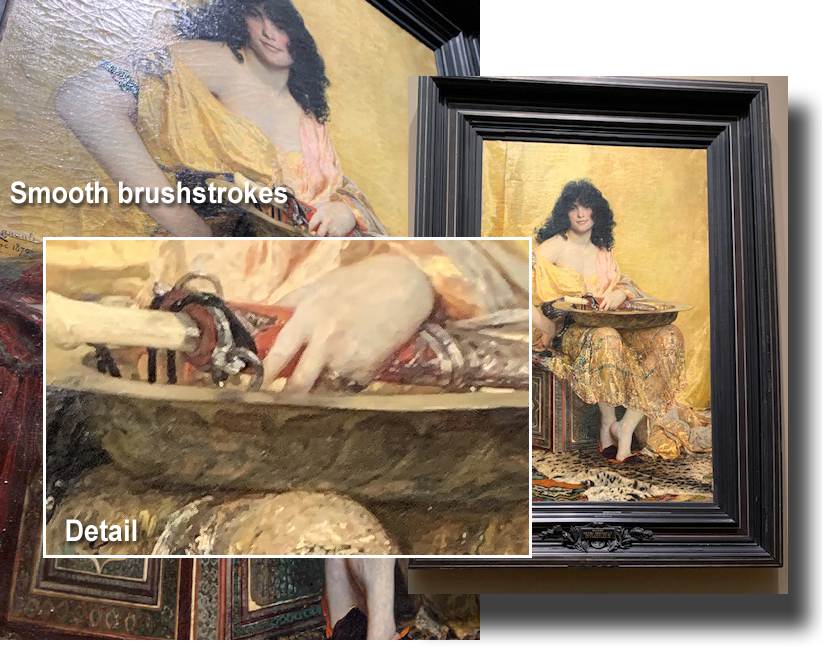
The sculptures were also fascinating. In one section, there were primitive palm sized carvings while another section boasted of intricate hairs and toga folds in Greek/Roman marble sculptures. Just think about it, the Roman sculptors most probably wore the same outfit as their models … they just had a little more dust on them. Their wives must have spent hours washing their garments by the Roman aqueducts.
“Honey, I’m home!” said the sculptor. “Don’t forget to dust off your sandals before you come in!” cried the wife.
I could have stayed for hours and still wouldn’t have had my fill of the exhibits.
Advice: If you want to study art in depth, visit alone; otherwise, you’ll feel guilty because your company will be ready to go … and don’t go if you’ve got a bad back.

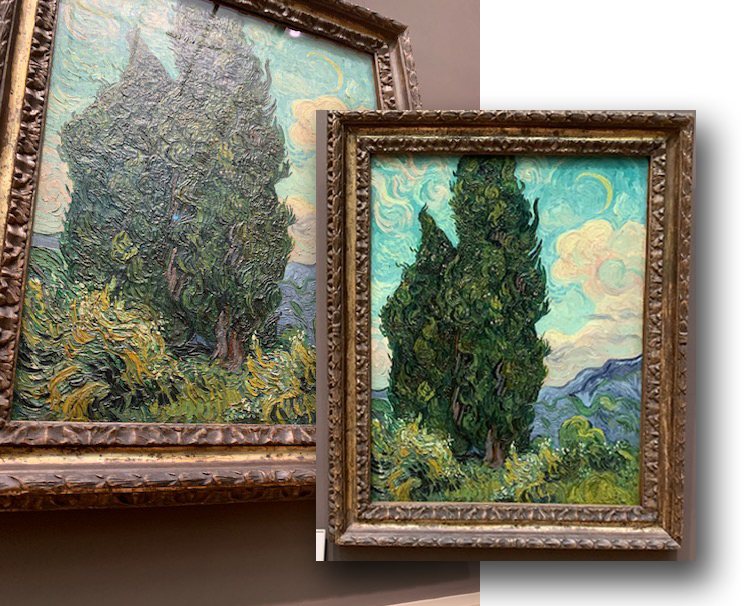


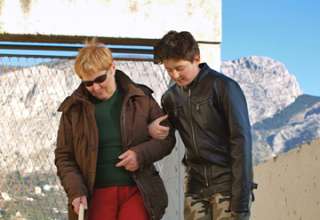




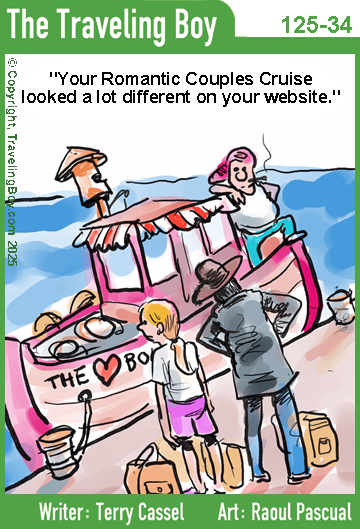



























Vincent
December 2, 2025 at 10:44 pm
Well done. Such a unique perspective. Love how you mix art in NYC.
– Vincent, NYC
Rebecca
December 2, 2025 at 10:54 pm
I never realized that different paintings had different thickness of paint. I thought they were all flat.